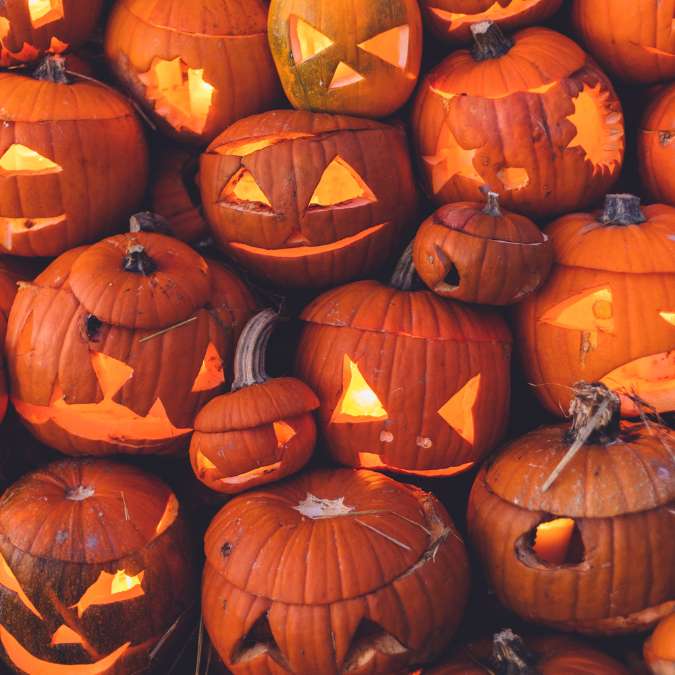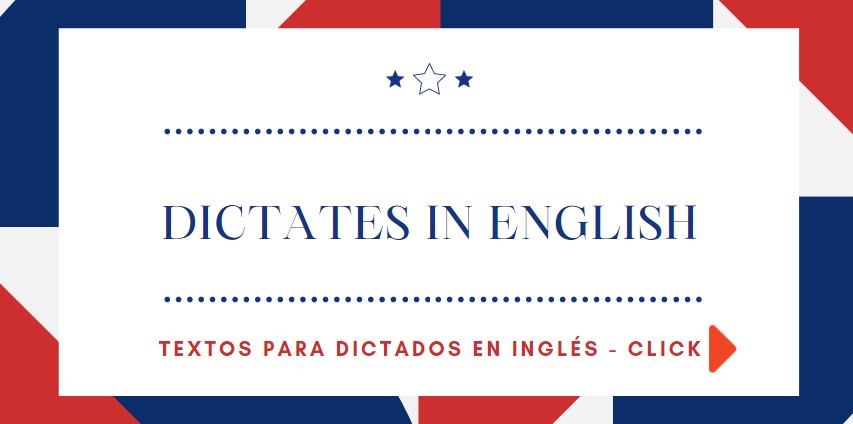
From ancient rituals to a global commercial empire
🎃 When Fear Turns into Fortune
Every year, as October 31st approaches, streets across the United States and Europe light up with pumpkins, costumes, fake blood, and plastic skeletons. What was once a night of superstition and spiritual reflection has become one of the most profitable events on the global calendar.
Halloween is no longer just about scaring ghosts away — it’s about spending. Americans alone are expected to spend billions of dollars annually on costumes, candy, and decorations. Brands like Nestlé, Disney, and Spirit Halloween have turned the spooky season into a marketing goldmine.
But how did this happen? How did a Celtic harvest festival transform into a multibillion-dollar global business? Let’s explore the fascinating history, economics, and psychology behind the commercialization of Halloween. 👻
🕯️ 1. From Samhain to Superstores: A Brief History of Halloween
Halloween’s roots stretch back over 2,000 years, to the ancient Celtic festival of Samhain, celebrated in what is now Ireland, the UK, and northern France. Samhain marked the end of the harvest and the beginning of winter — a time when the Celts believed that the barrier between the world of the living and the dead grew thin.
To protect themselves from spirits, people lit bonfires, wore disguises, and made offerings to the gods.
When Christianity spread through Europe, the Church adapted Samhain into All Hallows’ Eve, the night before All Saints’ Day. Over the centuries, the religious significance faded, and by the 19th century, Halloween had evolved into a community celebration marked by games, lanterns, and storytelling.
However, it was Irish immigrants in the 19th century who brought Halloween to America, where it would evolve into something far more commercial.
💵 2. The Birth of the Halloween Economy in the U.S.
In the early 20th century, Halloween was primarily a community event. Children carved pumpkins, played pranks, and attended parties. Costumes were homemade, and candy was often a simple treat.
Everything changed after World War II, when sugar rationing ended. The 1950s saw a baby boom, suburban growth, and an emerging consumer culture. These factors set the stage for Halloween to explode as a retail phenomenon.
- Candy companies like Hershey, Nestlé, and Mars began promoting small, individually wrapped sweets as perfect for trick-or-treating.
- Toy and costume companies capitalized on the growing popularity of Halloween-themed parties.
- Television helped transform Halloween into a mainstream cultural event with programs like It’s the Great Pumpkin, Charlie Brown (1966).
By the 1970s and 1980s, Halloween had become a national institution, and by the 2000s, a global business.
💰 3. Halloween Spending: From Candy to Costumes to Commerce
📊 A Record-Breaking Celebration
In the United States alone, Halloween spending has surpassed $12 billion in recent years — a number that continues to rise. According to recent economic data:
- Candy sales reach over $3 billion annually.
- Costumes (for adults, children, and even pets!) account for around $4 billion.
- Decorations and home displays generate over $3 billion.
- Halloween-themed events, haunted houses, and parties contribute billions more.
Europe has followed suit. In the UK, Halloween spending exceeded £700 million in 2023 — nearly triple what it was just a decade earlier. Countries like Spain, France, and Germany have also embraced Halloween, though each adds its local flavor.
🎃 Fun fact: Even countries with strong traditional celebrations for the dead, like Mexico’s Día de Muertos, have seen growing influence from American-style Halloween consumerism.
🏭 4. The Giants Behind the Masks: How Companies Transformed Halloween
🍫 Nestlé and the Candy Empire
Candy is the heart of Halloween commerce. Companies like Nestlé, Mars, and Hershey compete fiercely each October for consumer attention. Popular products like Kit Kat, Snickers, and Reese’s are rebranded with Halloween-themed packaging — from orange wrappers to ghost-shaped chocolates.
Seasonal marketing boosts sales dramatically. For example, Hershey’s reported that Halloween accounts for up to 10% of its annual revenue.
🧙♀️ Disney and the Magic of Halloween
Disney turned Halloween into a global experience. Its theme parks host “Mickey’s Not-So-Scary Halloween Party”, a multiday event that attracts millions of visitors worldwide.
Through movies like Hocus Pocus, The Nightmare Before Christmas, and Halloweentown, Disney also shaped how generations imagine Halloween — more enchanting than terrifying. The company’s clever combination of nostalgia and family-friendly fun makes it a key player in the Halloween economy.
🕸️ Spirit Halloween: The Pop-Up Powerhouse
Perhaps no company embodies modern Halloween commerce like Spirit Halloween. Founded in 1983, the brand operates temporary pop-up stores that appear in vacant retail spaces each fall — then vanish right after Halloween.
With more than 1,500 locations across North America, Spirit Halloween has become a symbol of the season. The company earns hundreds of millions of dollars in just a few weeks each year.
Its success shows how temporary retail and seasonal marketing can be incredibly profitable when tied to emotion and nostalgia.
🧠 5. The Psychology of Fear and the “Thrill of Being Scared”
Why do we love to be scared? Why do millions of people pay for haunted houses, horror movies, or creepy costumes every October?
The answer lies deep in human psychology and neuroscience.
⚡ The Brain’s Response to Fear
When we encounter something frightening — like a jump scare in a movie — our amygdala (the brain’s fear center) activates. This triggers a “fight or flight” response: heart racing, adrenaline pumping, and heightened alertness.
But in controlled settings (like watching a movie or walking through a haunted maze), our brain knows we’re safe. That creates a mix of fear and pleasure, thanks to the release of dopamine, the “feel-good” chemical.
In short, being scared in a safe space gives us a rush — like riding a roller coaster.
🩸 The Marketing of Fear
Companies have learned to use this psychology to their advantage. Ads, packaging, and experiences are designed to provoke mild fear or suspense, triggering emotional engagement.
- Red and black packaging suggests danger or forbidden pleasure.
- Monsters and supernatural imagery evoke curiosity.
- Limited-edition products create urgency, another psychological driver of consumer behavior.
So, the next time you reach for a blood-red candy bar or a creepy movie-themed costume, you’re reacting to a carefully designed psychological trigger.
🧛 6. Global Expansion: How Halloween Conquered the World
Halloween’s economic power is no longer confined to the U.S.
- In Europe, Halloween parties, horror nights, and themed festivals are now common from London to Madrid.
- Japan has turned Halloween into a massive street celebration, particularly in Tokyo’s Shibuya district, where costumes and parades attract hundreds of thousands.
- Australia and Latin America have also seen Halloween’s commercial side grow rapidly, with supermarkets and malls embracing the spooky season.
While each region adapts the holiday differently, the underlying pattern is the same: fear sells.
🧹 7. Halloween’s Darker Side: Waste, Consumerism, and Sustainability
All that spending comes with consequences. Each year, millions of plastic costumes and decorations are discarded, contributing to environmental waste.
Sustainability advocates now call for eco-friendly Halloween practices, such as:
- DIY costumes made from recycled materials 👗♻️
- Reusable decorations 🕯️
- Ethically sourced candy 🍬
As consumers become more environmentally conscious, companies are starting to adapt. Some brands have introduced biodegradable packaging or sustainable costume lines.
🕯️ 8. The Future of the Halloween Economy
Halloween shows no sign of slowing down. Analysts predict that spending will continue to rise as social media, digital marketing, and influencer culture fuel interest.
Platforms like TikTok and Instagram have made costume trends viral overnight. A creative makeup look or DIY idea can inspire millions — and drive sales instantly.
Meanwhile, immersive experiences such as escape rooms, haunted attractions, and Halloween festivals are expanding rapidly, blending entertainment, tourism, and retail.
Halloween is no longer just a holiday — it’s a global industry built on emotion, nostalgia, and the universal human love of fear.
🎃 Conclusion: Fear as a Business
From Celtic rituals to corporate marketing, Halloween has evolved from a night of spirits to a season of spending.
It thrives because it combines everything humans crave:
- Thrill and fear 🕷️
- Imagination and play 🎭
- Community and tradition 🕯️
And behind the costumes and candy lies a powerful truth: fear is profitable. Whether through chocolate bars, movie franchises, or pop-up stores, Halloween proves that even our darkest emotions can light up the global economy.
Sources:
- National Retail Federation (NRF) Halloween Spending Reports
- The Atlantic, “How Halloween Became a Billion-Dollar Industry”
- BBC News, “Europe’s Growing Love Affair with Halloween”
- American Psychological Association (APA)
- Statista (2024): Halloween Spending and Market Trends
- The Guardian, “The Business of Fear: How Companies Profit from Halloween”

